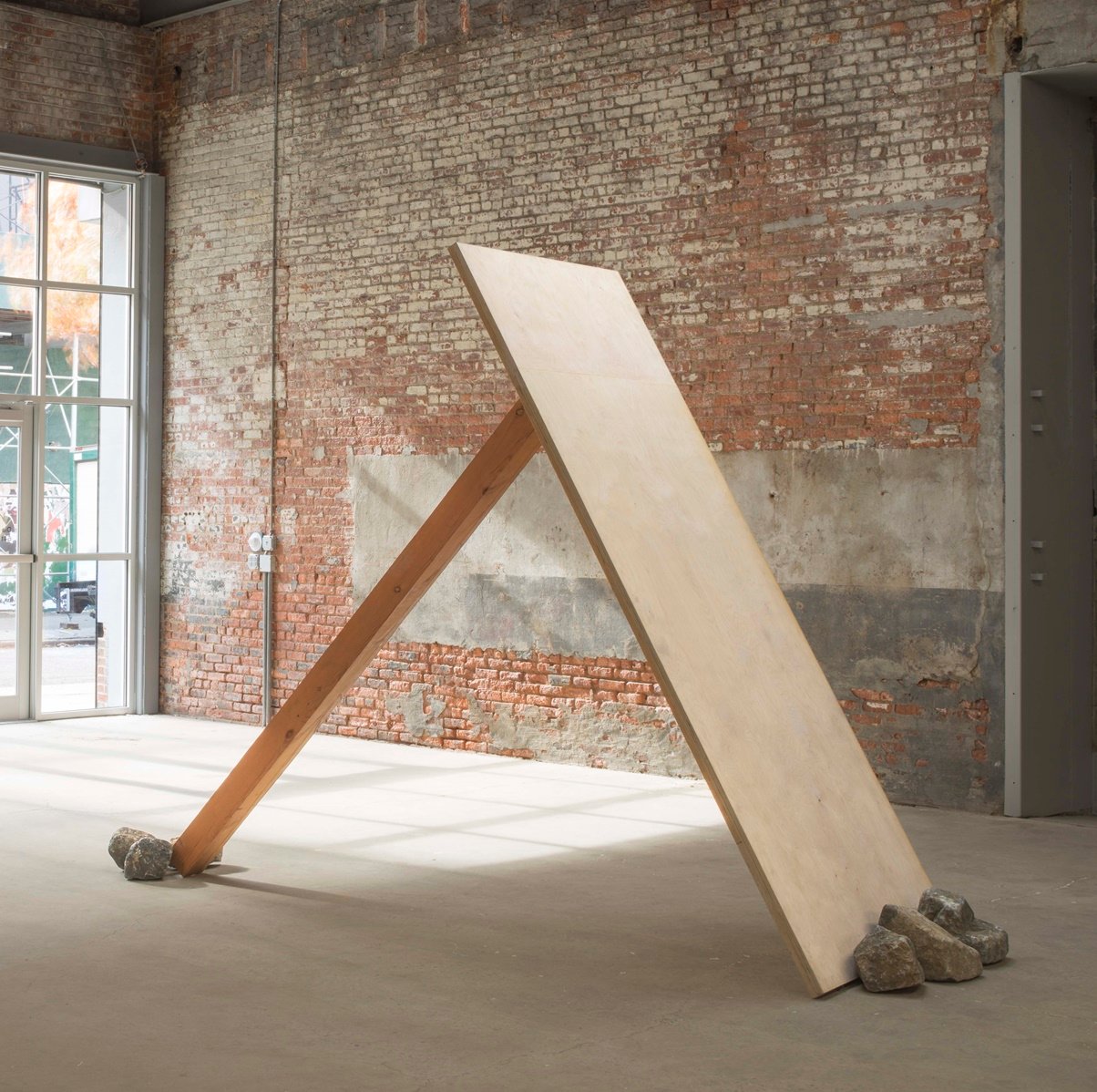
The Dia Art Foundation, in a quest to deepen its collection of art from the 1960s and ’70s while also broadening the international scope of its holdings, has purchased eight works by key Mono-ha artists Lee Ufan and Kishio Suga.
This move comes as director Jessica Morgan, the former star Tate Modern curator who took the helm in January 2015, aims to grow the institution’s collection of non-Western art. Since it was founded in 1974, Dia has historically focused principally on American and European artists. Other recent acquisitions include works by Brice Marden, Robert Ryman, and Anne Truitt, all secured this year; the institution has made some acquisitions from Europe, namely Mario Merz and Alighiero Boetti.
But “in terms of Asia, it’s an entirely new area for us to think about, and one I’ve been working on since I arrived,” Morgan told artnet News in a phone interview. “We chose these two artists in particular because I know how much Dia meant to them. Lee Ufan had spent a great deal of time here, and we’ve been in conversation with both artists about how they saw their work in relation to our collection.” Recently, art historians, curators, and dealers alike have been devoting increased attention to the vital cross-currents between historical avant-garde movements in the East and the West.
Lee Ufan, Relatum (formerly Language) (1971), at Pinar Gallery, Tokyo, 1971. © Lee Ufan. Courtesy the artist.
Lee Ufan, leader of the Japanese Mono-Ha (“School of Things”) movement, was born in southern Korea in 1936, studied painting at the College of Fine Arts at Seoul University, and earned a degree in philosophy in Japan. His sculptures frequently consist of arrangements of stones along with industrial materials such as steel plates and panes of glass. He is also a key figure in the Dansaekhwa school of monochrome painting. The three new acquisitions, all named Relatum and dating from 1969, 1971, and 1974, will go on view at Dea:Beacon, in upstate New York, in spring 2018.
Kishio Suga, Placement of Condition (1973/2016). © Kishio Suga. Photo Bill Jacobson Studio. Courtesy Dia Art Foundation, New York.
Lee Ufan’s top auction price, $2.2 million, was fetched at Seoul Auction in 2012; seven of his top ten prices, all exceeding $1 million, were all achieved since 2012, according to the artnet Price Database. The artist is represented by international powerhouse Pace Gallery. Recent institutional shows include solos at the Hermitage Museum, St. Petersburg (2016); the Château de Versailles, France (2014); and the Guggenheim Museum, New York (2011).
For his part, Suga, born in Japan in 1944, has had solo shows at such institutions as Dia:Chelsea in 2016 and the Museum of Contemporary Art, Tokyo in 2015; he was also included in the 2017 Venice Biennale, curated by Christine Macel, as well as the 38th edition of the exhibition, in 1978, where he represented Japan. Five Suga works will join Dia’s collection; two of them, Diagonal Phase (1969/2012) and Placement of Condition (1973/2016), are currently on view in a show devoted to the artist at the institution’s Chelsea location (until July 29). Though represented by the prominent Blum & Poe gallery, Suga has received far less of the market’s blessings, at least in public sales; his top auction price is just over $115,000, set at Mallet Japan earlier this year. It’s the only Suga work to achieve a six-digit price at auction.
Lee Ufan, Relatum (formerly System) (1969). © Lee Ufan. Courtesy the artist.
Mono-Ha artists have seen a marked increase in attention in recent years, partly through numerous exhibitions at Pace and Blum & Poe, along with shows at New York’s Fergus McCaffrey. Institutions like the Dallas Museum, New York’s Museum of Modern Art, and London’s Tate Modern have likewise taken an interest in Mono-ha, as Stephen Wallis pointed out in Art in America magazine in 2011. At that time, Blum said that “major works from this period can be had for under half a million dollars.”
All the same, Morgan feels confident that Dia can enter into competition with larger institutions—and a few years into the game, at that. “We’re in a very privileged position in that many artists are keen to see their work on display here, because of our extraordinary spaces and the natural light in our galleries, as well as the fact that our shows are on view for a longer time,” she said. They’re also inclined to have their works enter Dia’s collection because, she said, “We’re not looking to represent them with a singular piece, but rather to collect them in depth.”